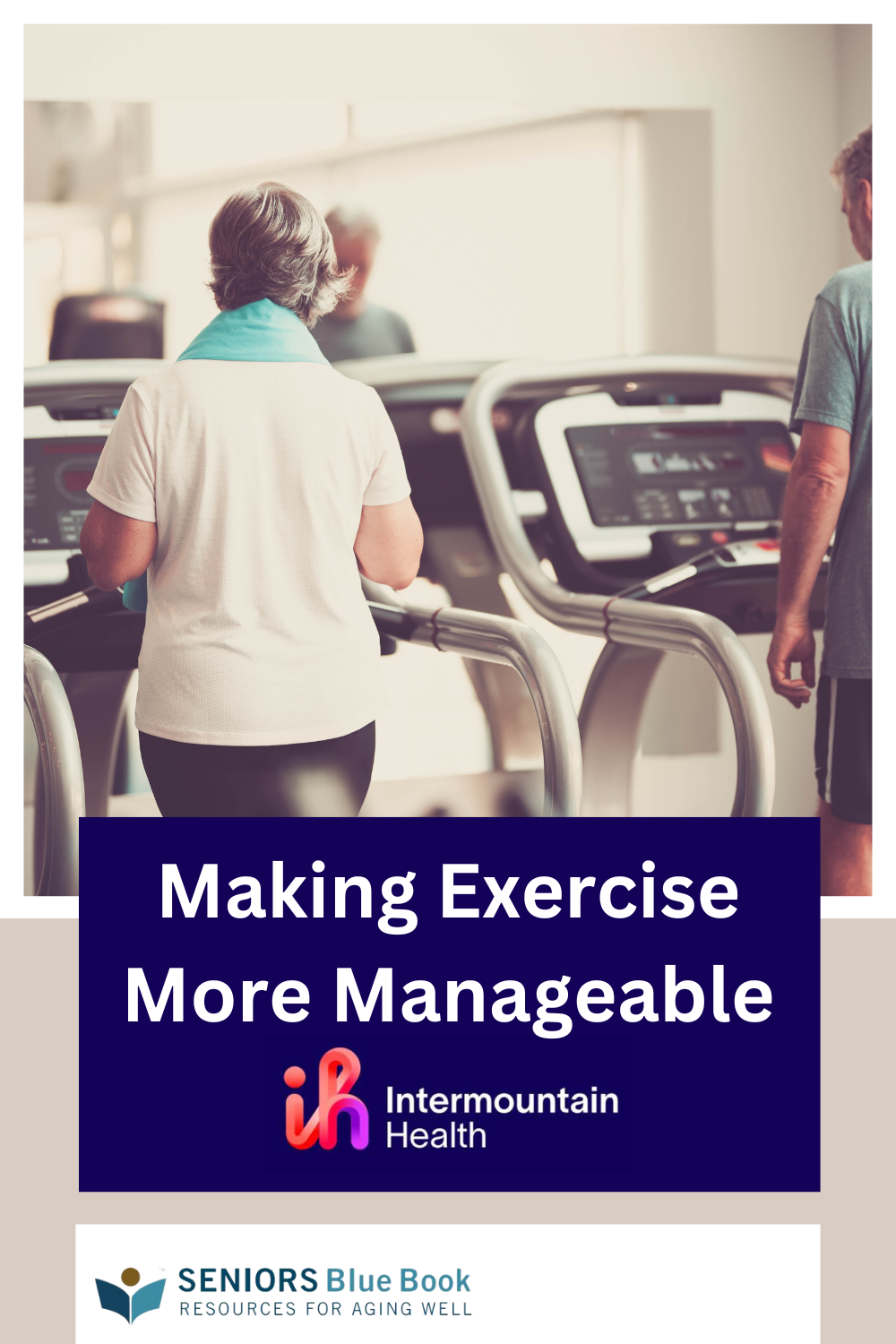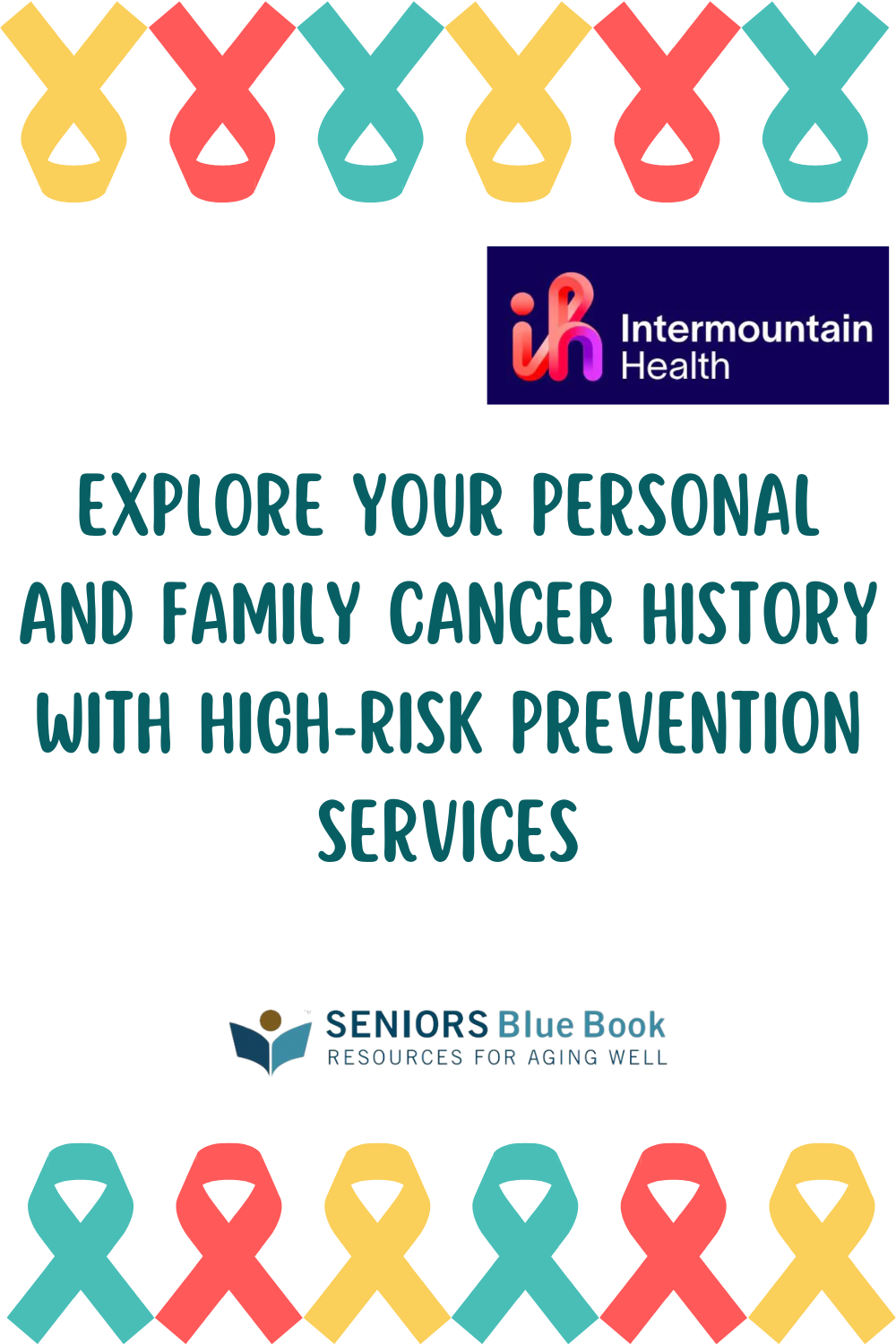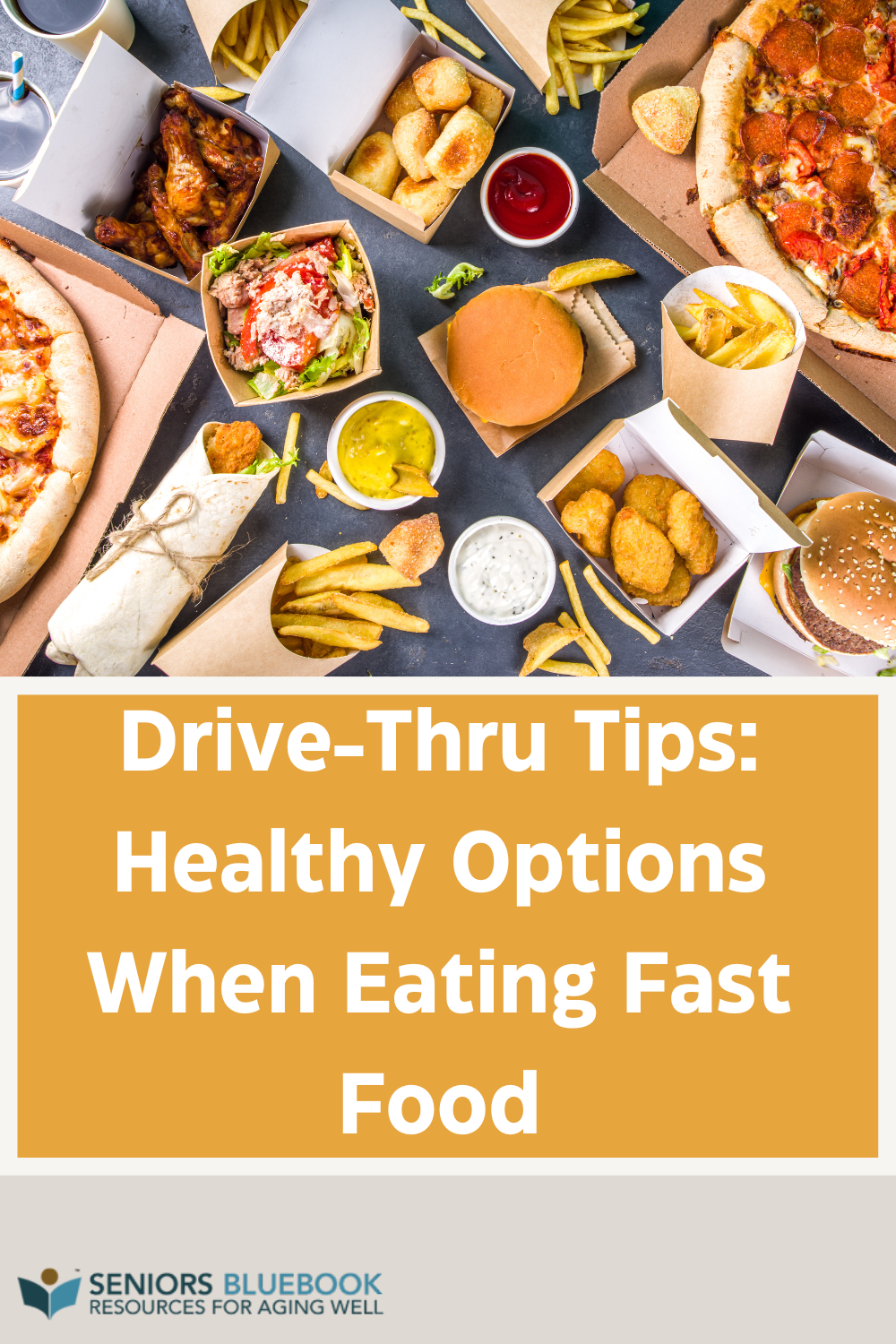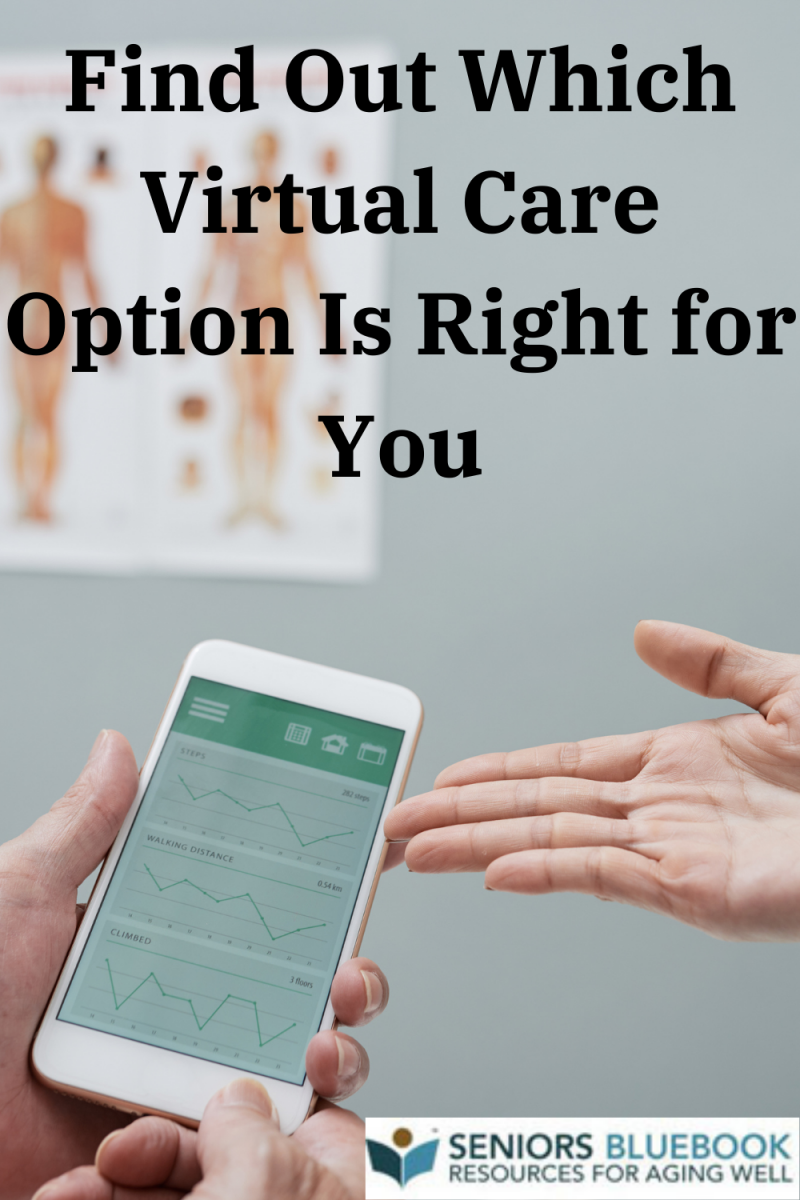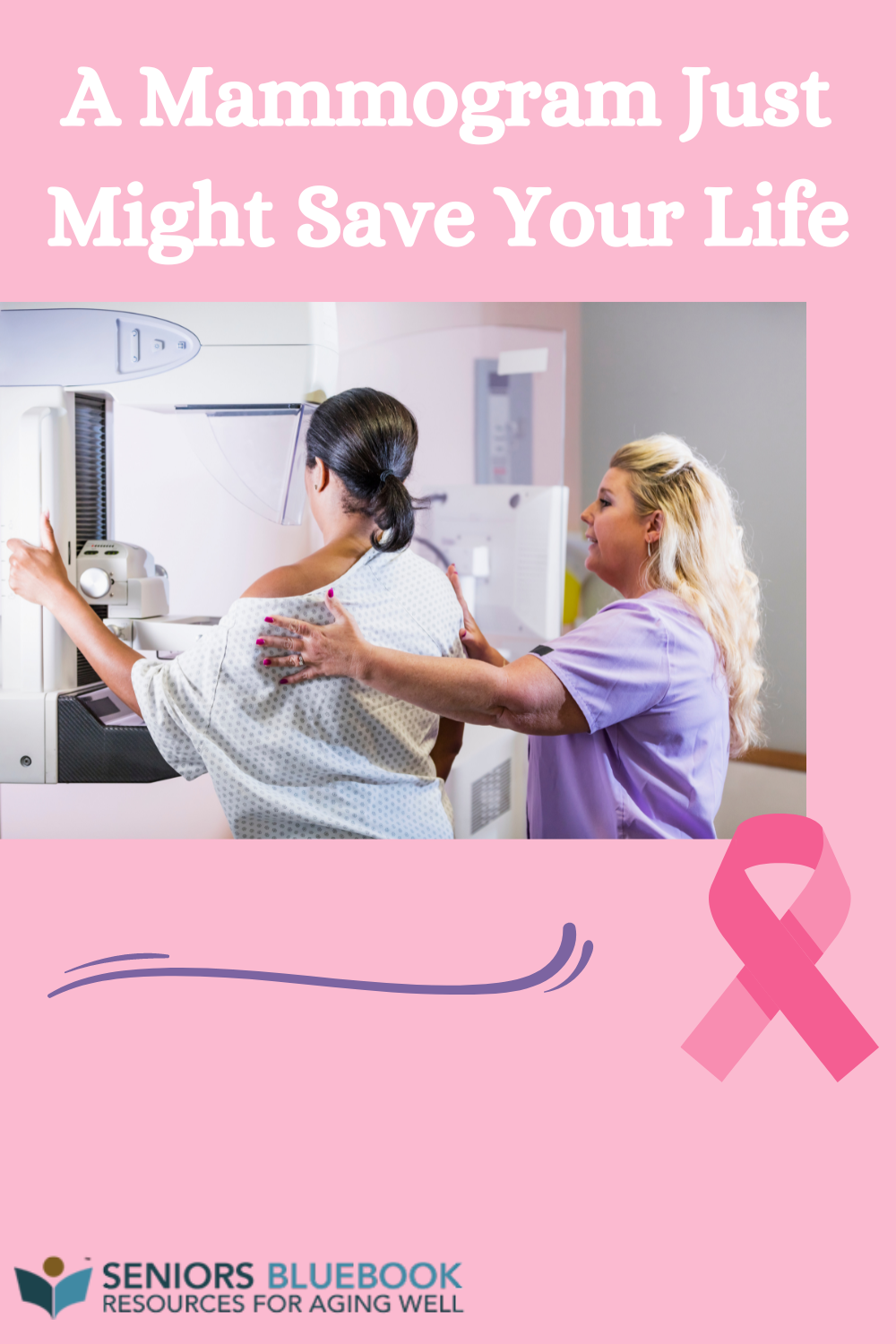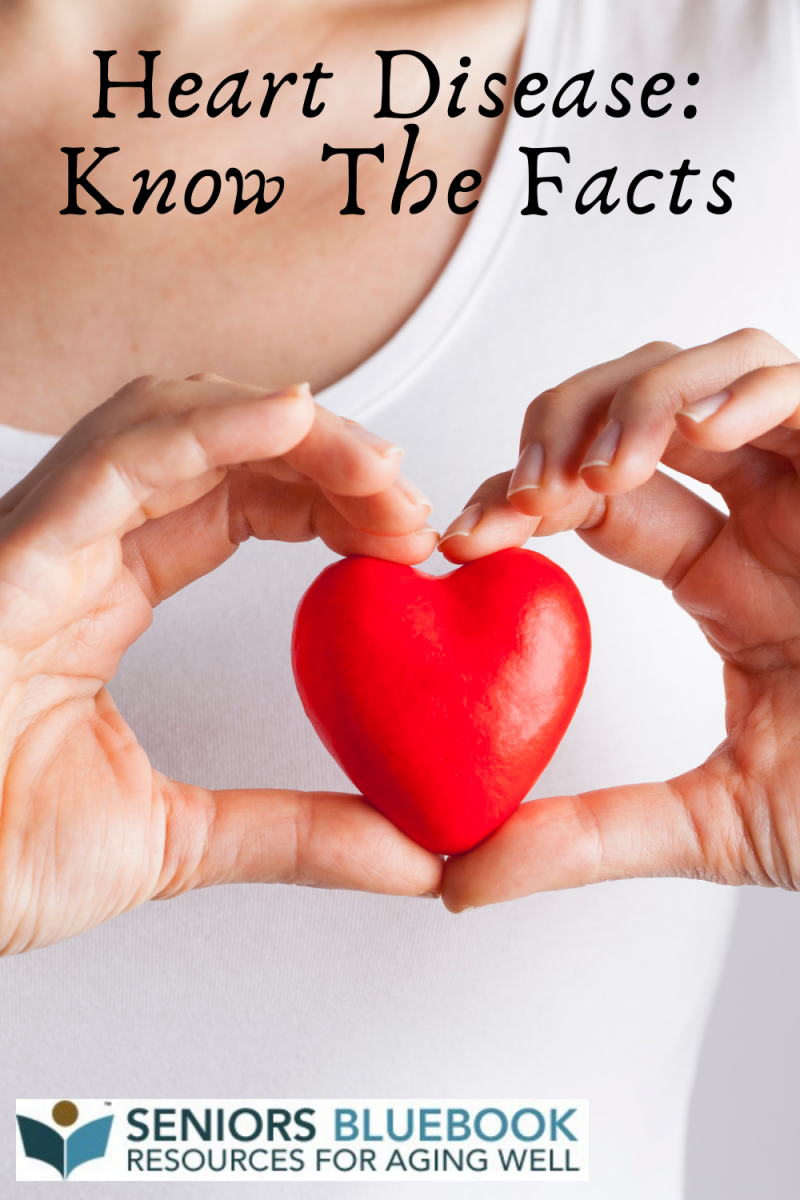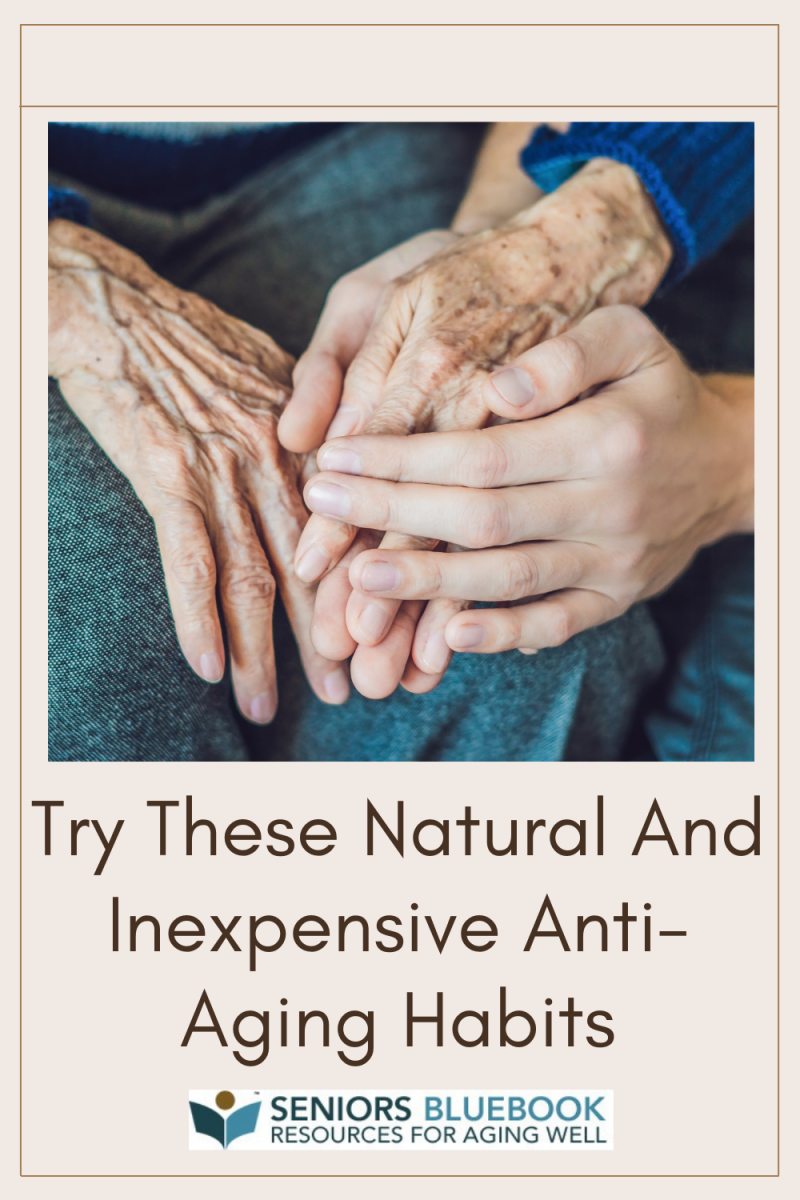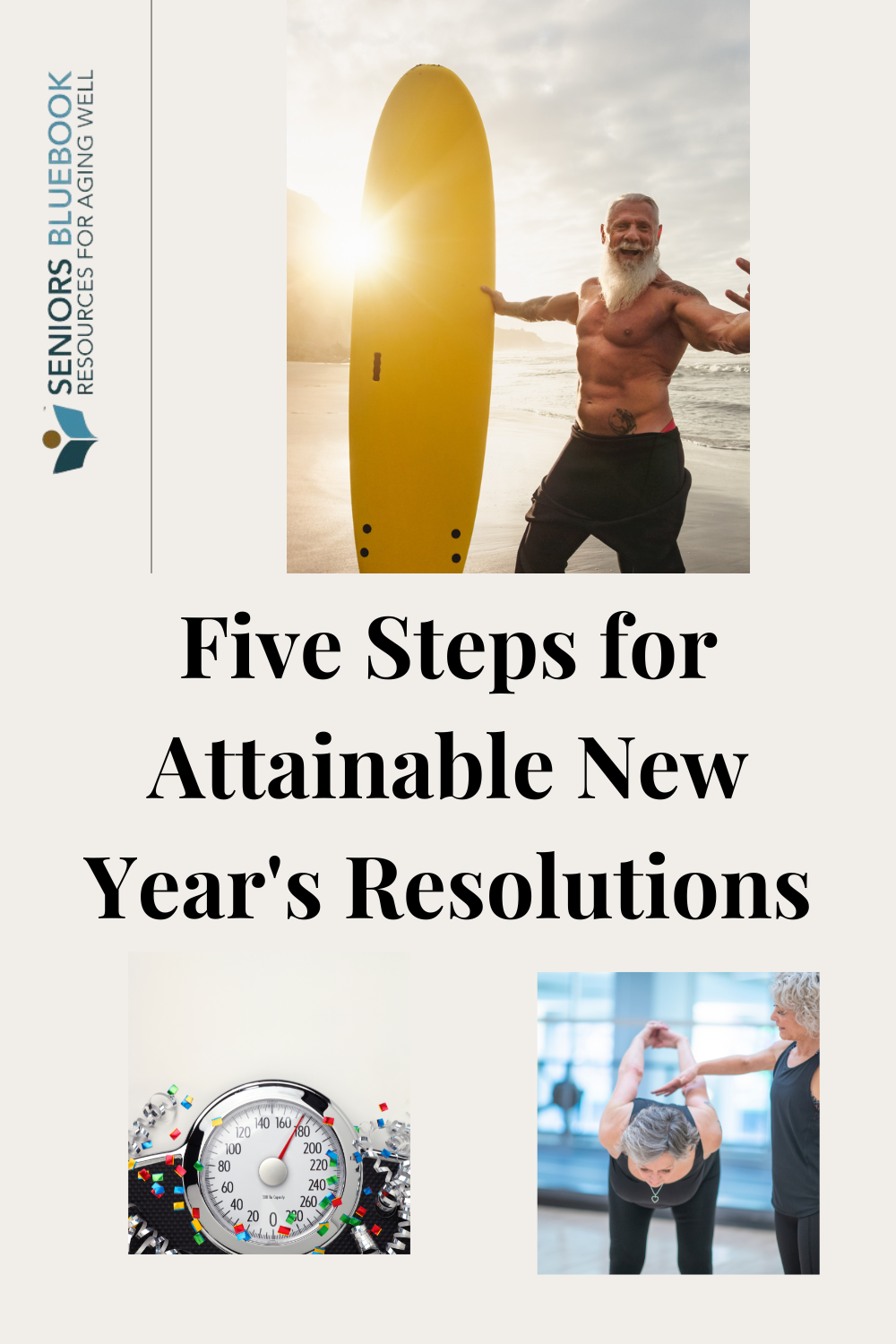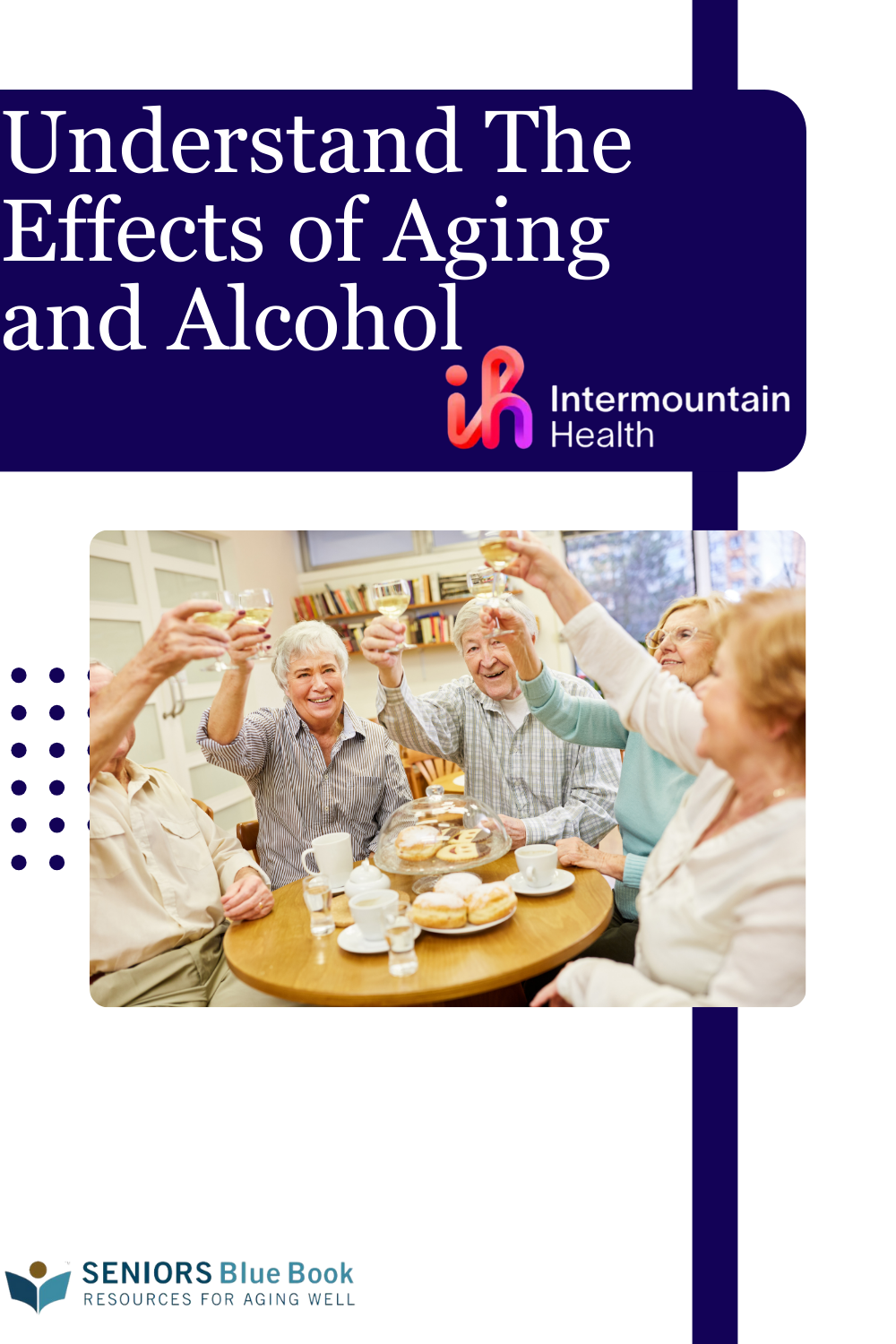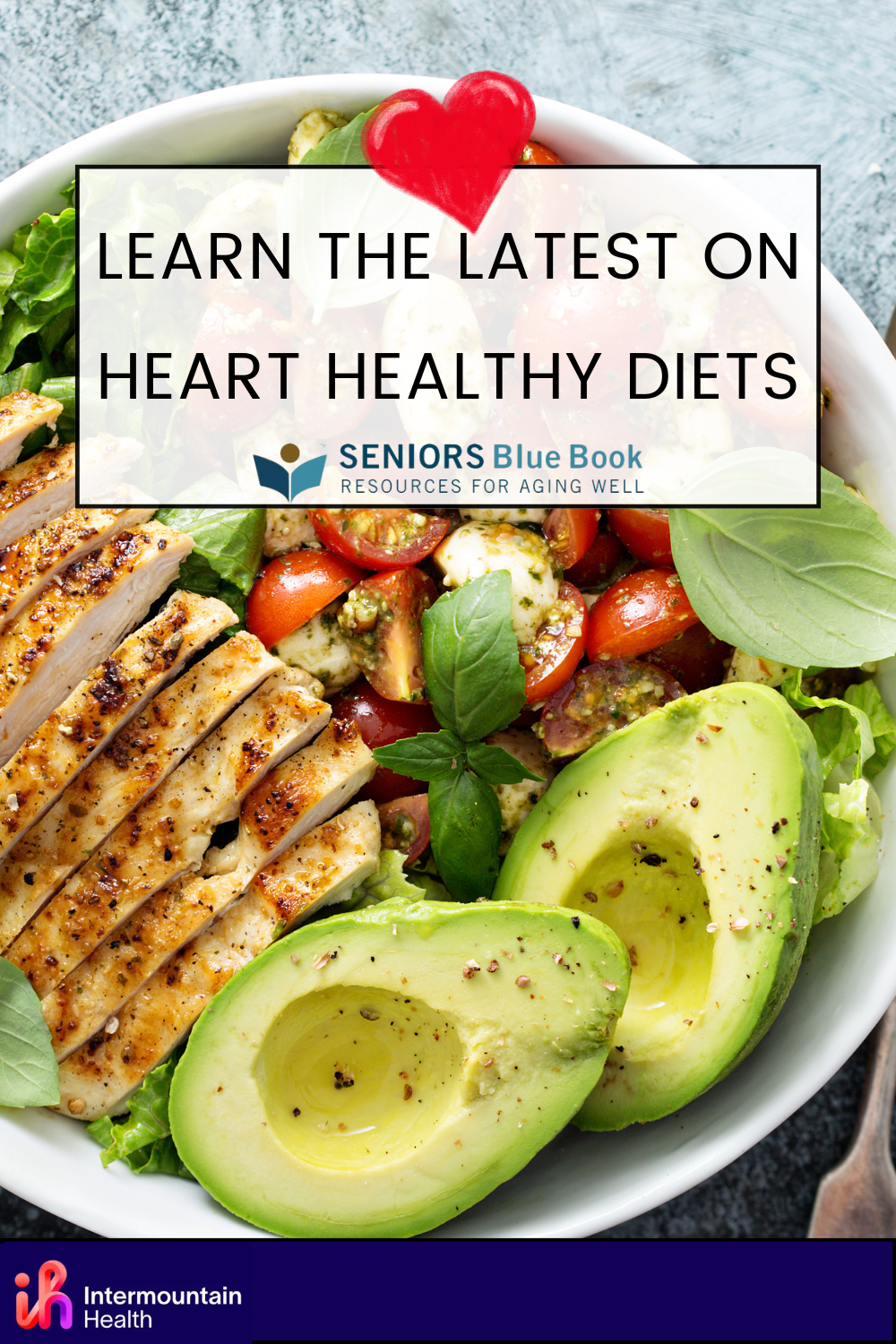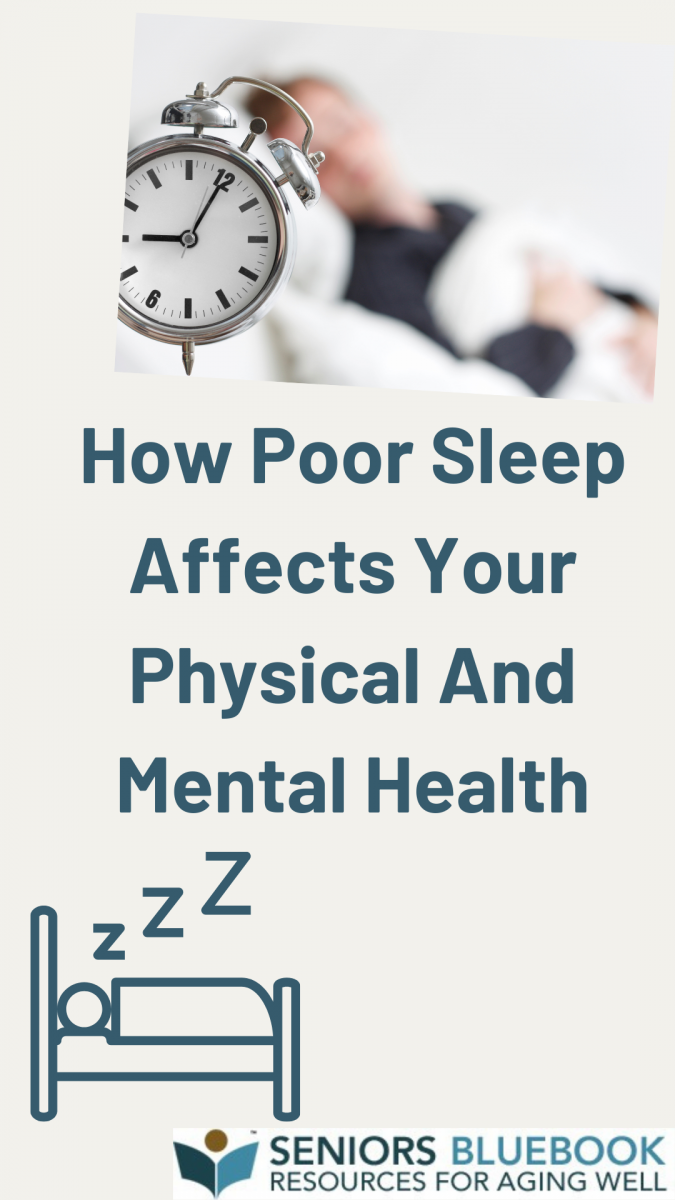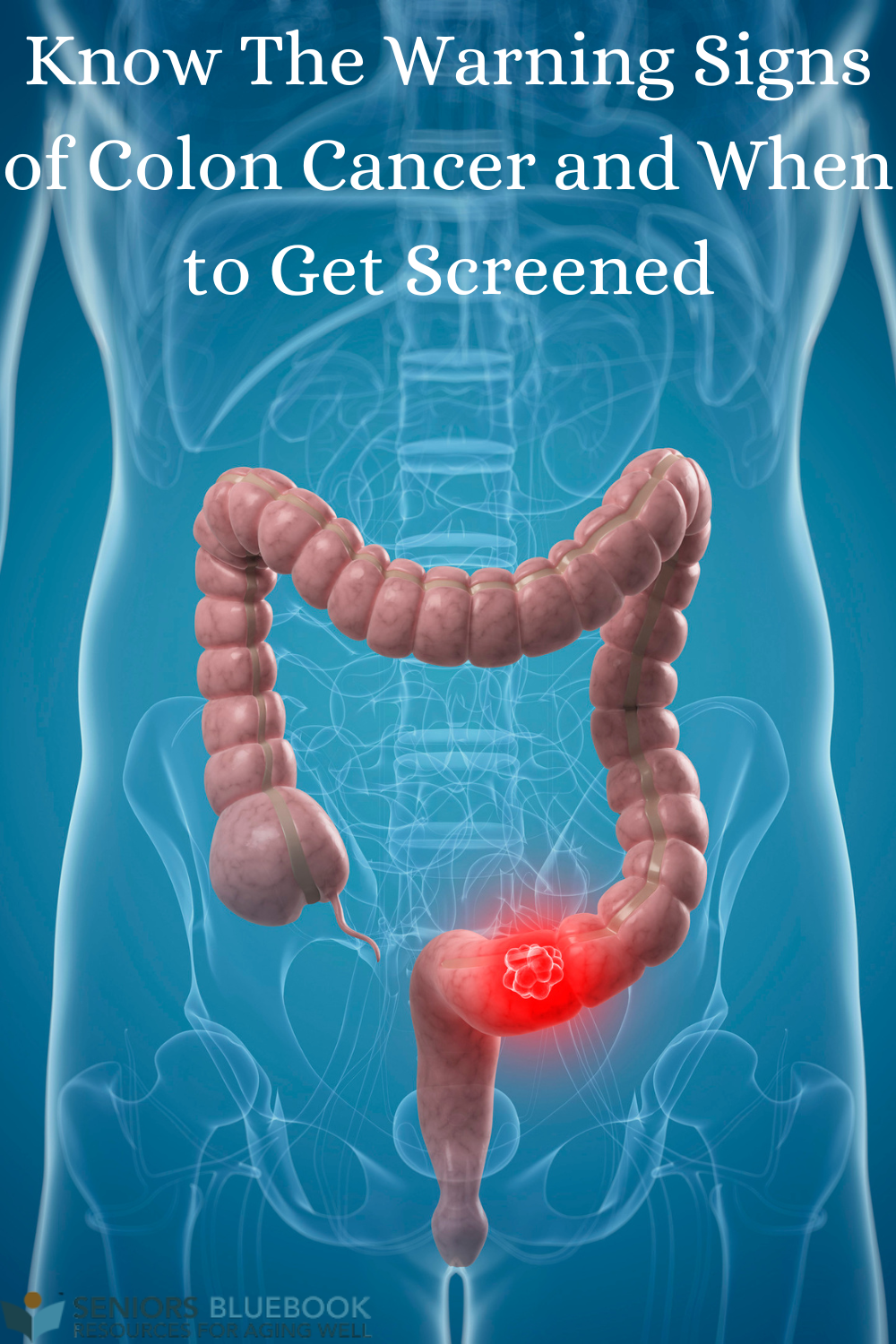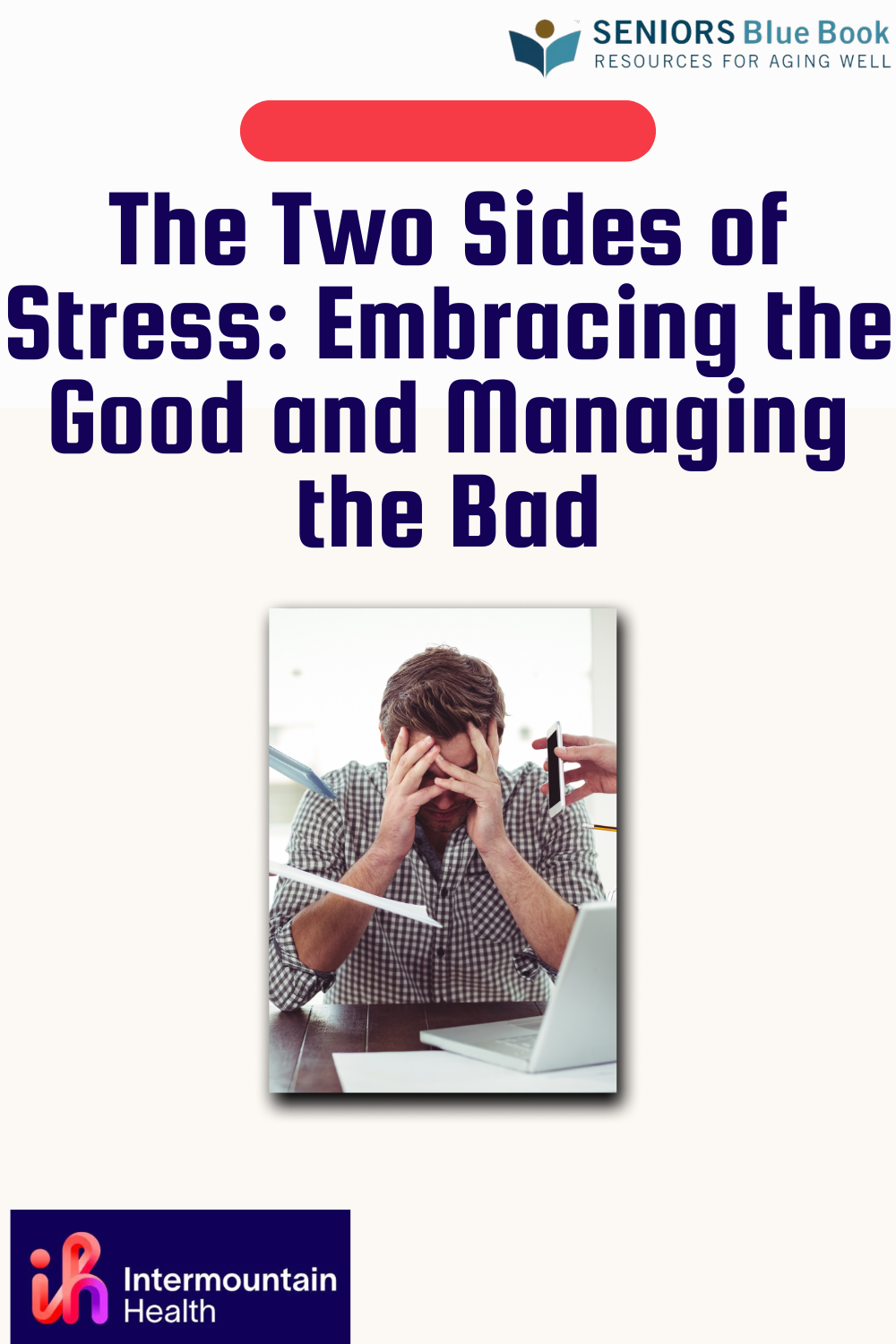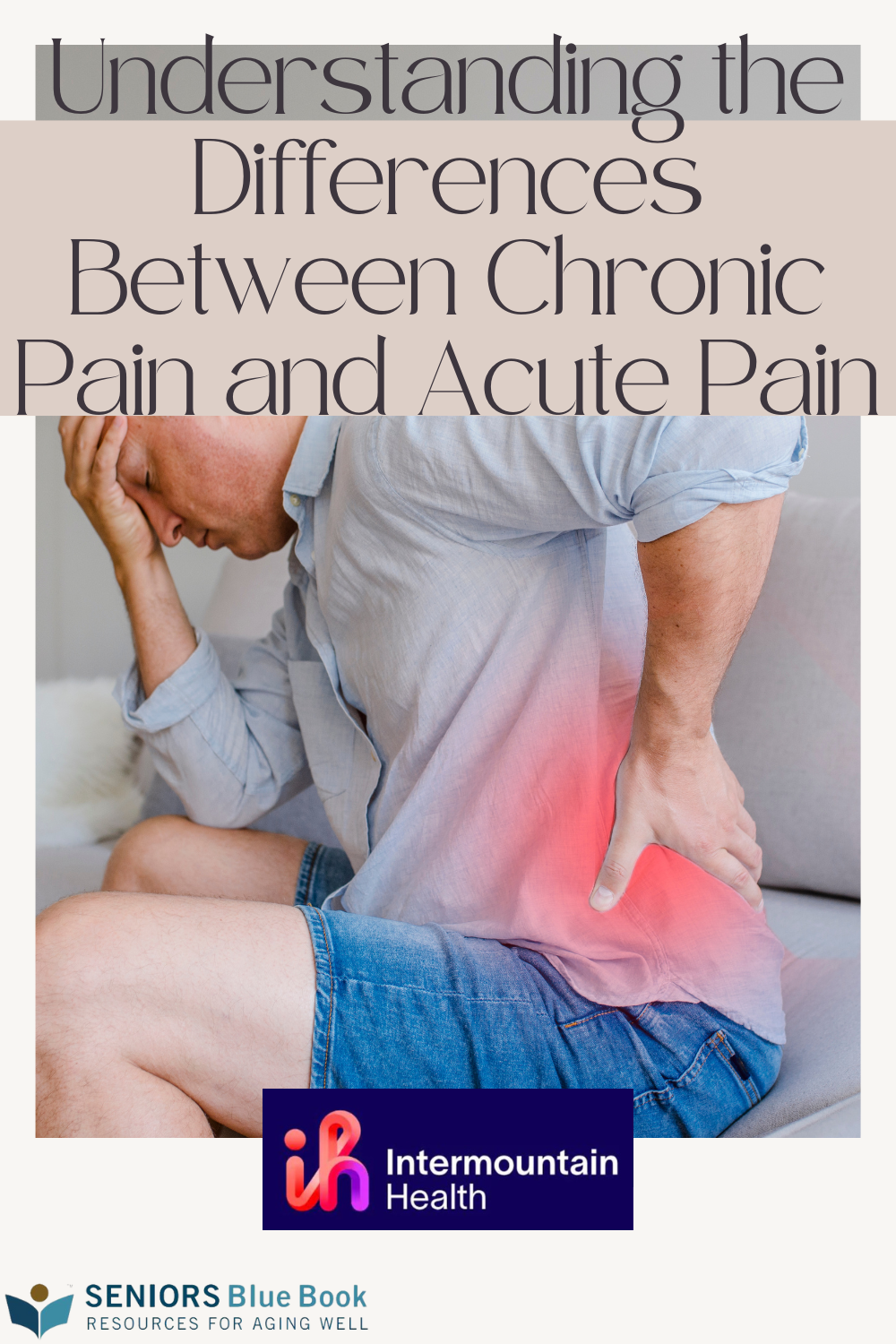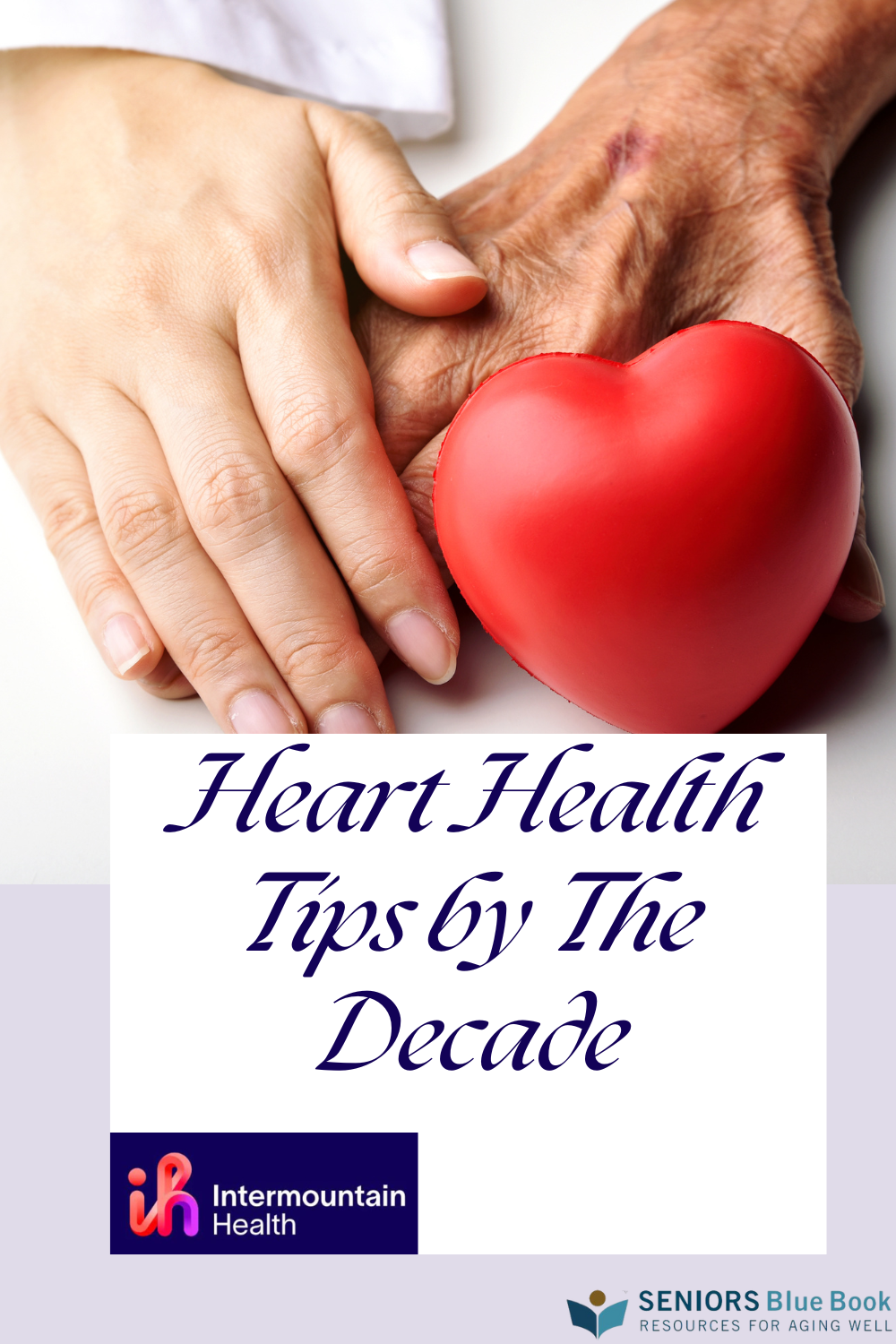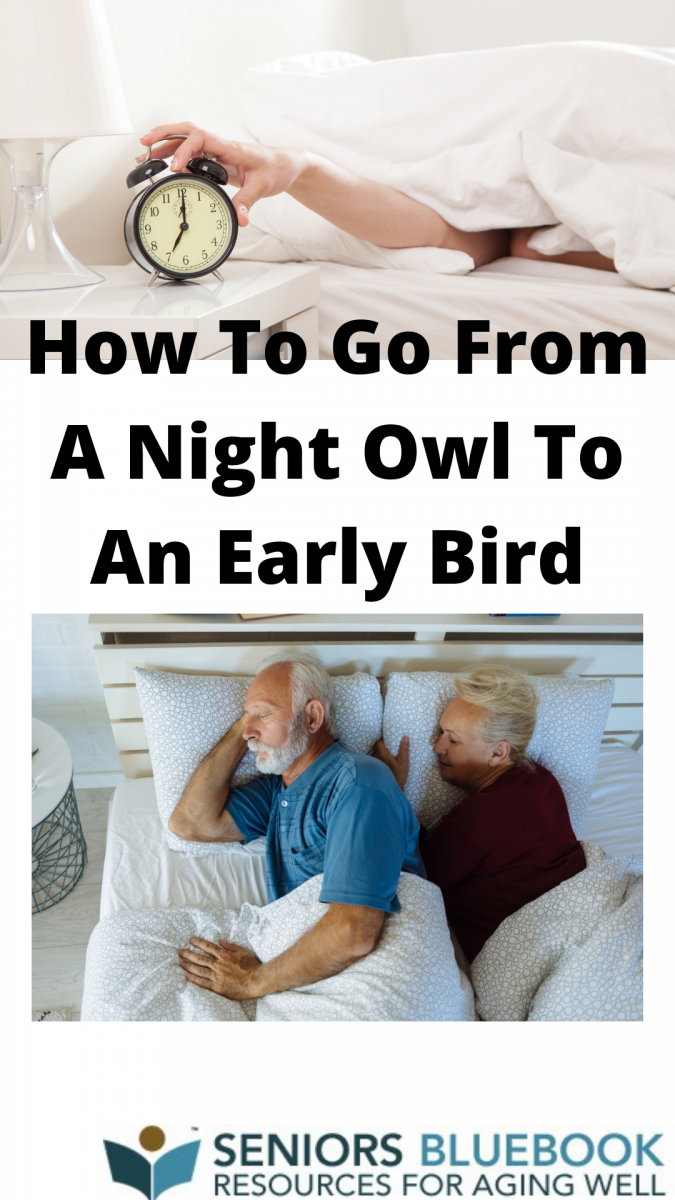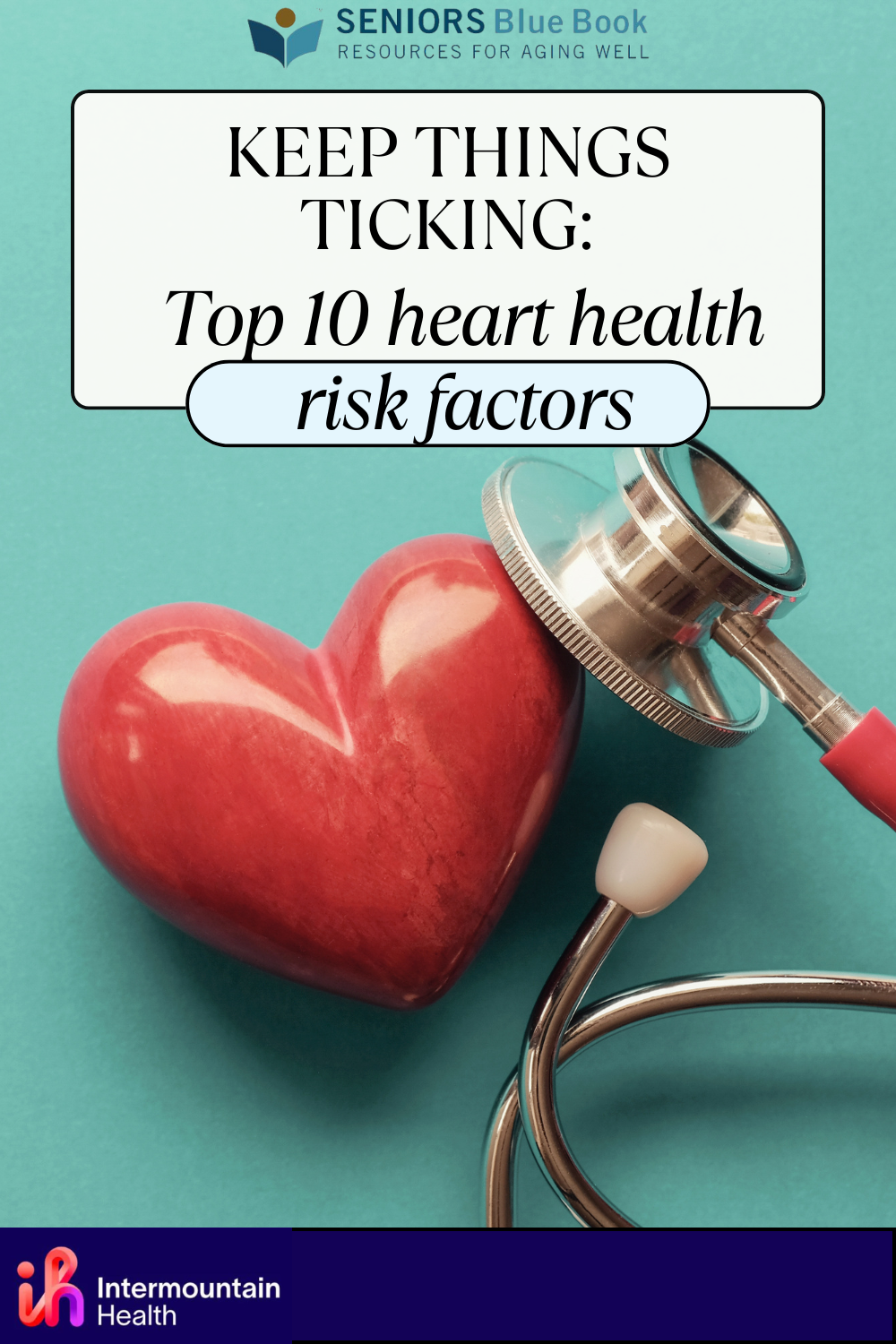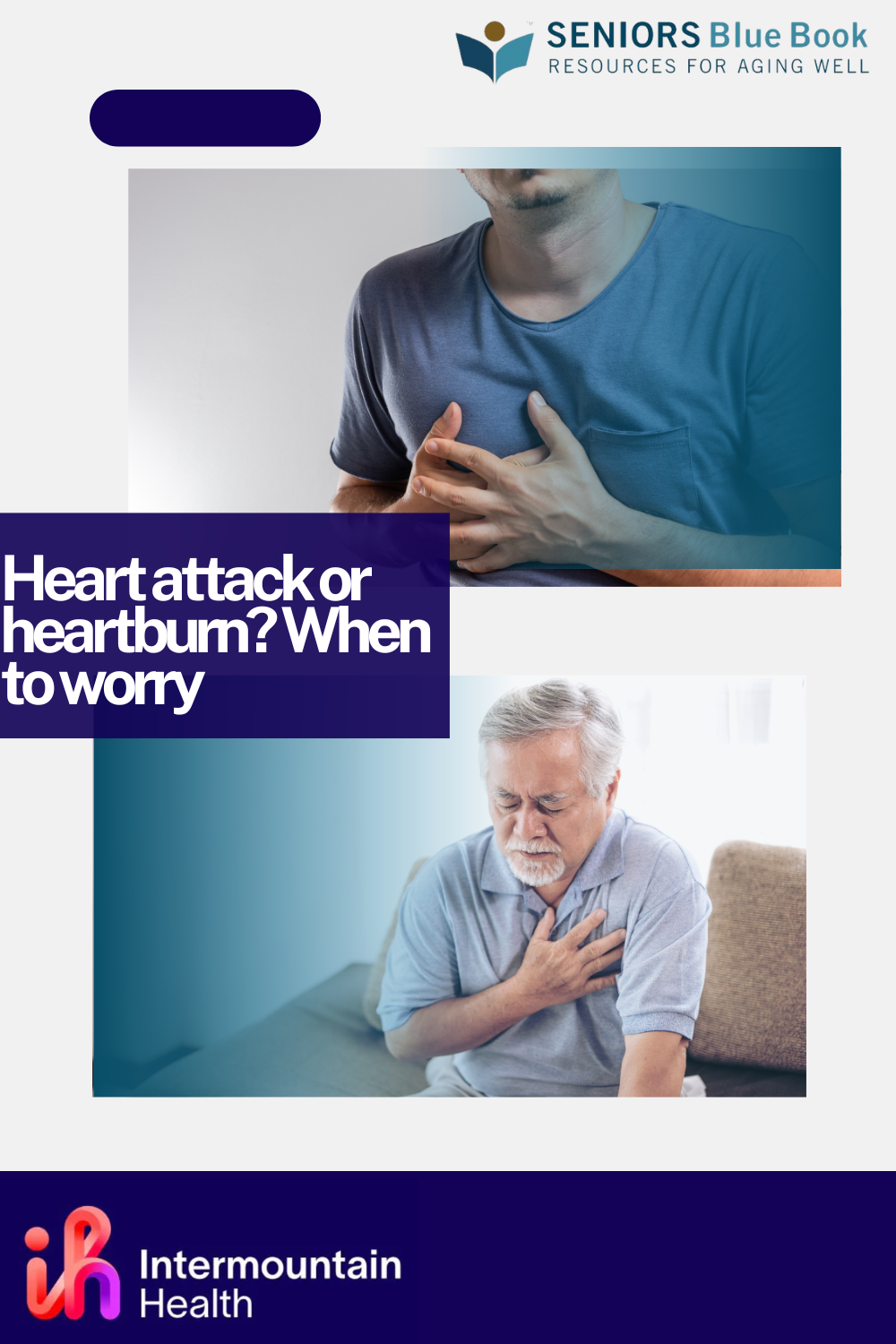Since the start of the year, you may have noticed an uptick of fad diets. Maybe its your mom trying a pescatarian regime, or your neighbor raving about his new Mediterranean diet. With so many diet trends buzzing around, it can be hard to separate what works from what doesnt. This is especially true when it comes to heart healthy eating.The American Heart Association released a study comparing diets and their heart healthy potential and organized the results in four tiers. With the help of Kelly Elliot, RD at Intermountain Healths Denver Midtown Clinic - Weight Loss Center, we turned the studys results into easy-to-digest bites. It is important to always be mindful of your diet to reduce risk factors for heart disease, said Kelly. Creating a lifestyle that works for you as an individual that you can follow is what matters, because its what you will stick to!Whether youre a seasoned diet tryer, or just dipping your toes in heart-healthy waters, theres important information for everyone.Tier 4: Paleo Diets and VLDC/Ketogenic DietsStarting from the bottom of the barrel, we meet paleolithic and ketogenic diets. These diets, often hailed for their weight loss potential, may miss the mark when it comes to nourishing our hearts.The paleolithic diet, while rooted in our ancestral past, falls short in meeting heart-healthy guidelines. With its emphasis on meat and fat, and limited intake of fruits, grains, and legumes, it takes a detour off the heart health highway.Similarly, ketogenic diets focus on slashing carbs and loading up on fats. By cutting out essential food groups like fruits and grains, we risk missing key nutrients.These diets don't limit saturated fats, which can raise your LDL, which is the bad cholesterol, said Kelly. One way to modify these diets is to reduce saturated fat by consuming nuts and seeds instead of animal proteins, but this has to be balanced with caloric intake.Kelly also added that because these diets are low in carbohydrates, they could be beneficial for people with diabetes. However, because diabetics are at a higher heart disease risk, their saturated fats should be limited.Tier 3: Very Low-Fat Diets and Low-Carbohydrate DietsTier 3 diets include very low-fat and low-carb options, and present mixed heart health benefits.Both of these diets can potentially help with weight loss without omitting food groups and can help lower risk factors for heart disease, said Kelly.Very low-fat diets, while aiming to reduce overall fat intake, may inadvertently miss the mark on essential fatty acids. Likewise, low-carb diets, with their focus on slashing carbohydrates, could lead to a decrease in fiber-rich foods, which play a vital role in heart health.The drawback is that with low fat diets, they can lead to deficiencies in protein and essential fatty acids and B12, that the body requires for good health, said Kelly. On the other hand, a low carb diet can overemphasize animal-based protein and restrict fiber and increase saturated fat intake.Tier 2: Vegan Diets and Low-Fat DietsVegan and low-fat diets are the heart of Tier 2. These dietary paths offer a bounty of heart-healthy benefits with some caveats.The vegan diet, with its plant-based focus on fruits, vegetables, whole grains, and legumes, embraces the power of plants for heart wellness. However, tread carefully to ensure youre meeting your nutritional needs, particularly for vitamin B12.No animal protein is consumed in vegan diets, so they are very low in saturated fat intake, but the restrictive diet can lead to B12 deficiency, said Kelly. It is recommended to include a B12 supplement and choose plant-based milk alternatives.Meanwhile, the low-fat diet promises reduced cholesterol and a lighter load on our hearts. By emphasizing lean proteins, whole grains, and fruits and vegetables, it is a good heart healthy diet. But its important to avoid overconsumption of less healthy carbohydrates, such as added sugars.People with high cholesterol or high LDL cholesterol can benefit from replacing foods high in saturated fats with foods that have unsaturated fats, said Kelly.Tier 1: DASH-Style, Mediterranean, Pescatarian, and Ovo/Lacto-Vegetarian DietsStarted from the bottom, and now were here with Tier 1s DASH-Style, Mediterranean, pescatarian, and ovo/lacto-vegetarian diets. Its the pinnacle of heart-healthy eating, where the nutrients shine.Well start with the Dietary Approaches to Stop Hypertension, or DASH, diet. By the name alone, you might infer this diets ultra heart healthy nature. It emphasizes 8-10 servings of fruits and vegetables per day, whole grains, plant protein, and low-fat dairy, while limiting sodium.According to Kelly, the DASH diets sodium limitations help cut out highly processed foods, which can help control weight and high blood pressure. This diet provides adequate variety with adequate protein, moderate healthy fats and moderate healthy carbs intake, while minimizing sodium intake, she said.Moving onto the Mediterranean diet, with its emphasis on olive oil, fish, fruits, vegetables, and whole grains. These heart healthy foods make this a great choice for reducing heart disease risk. However, the Mediterranean diet also includes moderate alcohol consumption, which means two or less drinks for men a day, and one or less drinks for women per day.Kelly cautioned against misinterpreting what moderate alcohol consumption is. This does not mean, to have no alcohol for 3-5 days and then have all 3-5 drinks at one time, she said. These drinks should not include added sugar such as margarita mix, juices, and sugary sodas.A pescatarian diet is similar to a vegetarian diet, with the addition of fish, and sometimes includes dairy and eggs. Lacto-ovo vegetarians eat eggs and dairy, but not beef, poultry, fish, or pork. These diets may be lower in saturated fats, especially if whole milk products are not consumed. The biggest challenge with these diets boils down to protein.Kelly explained it simply as there being complete and incomplete proteins. While animal proteins contain all essential amino acids, plant-based proteins are incomplete, and must be combined for full nutritional benefits.The way to do this is to combine a nut or seed or bean with a grain, said Kelly. For example, red beans and brown rice, or nut butter on whole grain bread, will allow you to consume all of the essential amino acids.While these diets might seem daunting, remember youre not alone. A registered dietitian, like Kelly, can be an excellent starting source.Dietitians are full of ideas and strategies to help each individual overcome barriers to create effective behavior changes, said Kelly. Its important to remember that baby steps and small changes lead to big impacts on your health over time!Whether you're sticking to tried-and-true favorites like the DASH plan or exploring new diet horizons, the key is finding what works best for your heart. Remember, it's not about perfection it's about progress. So go ahead, savor those veggies, indulge in some heart-smart protein, and above all, listen to what your body needs.





